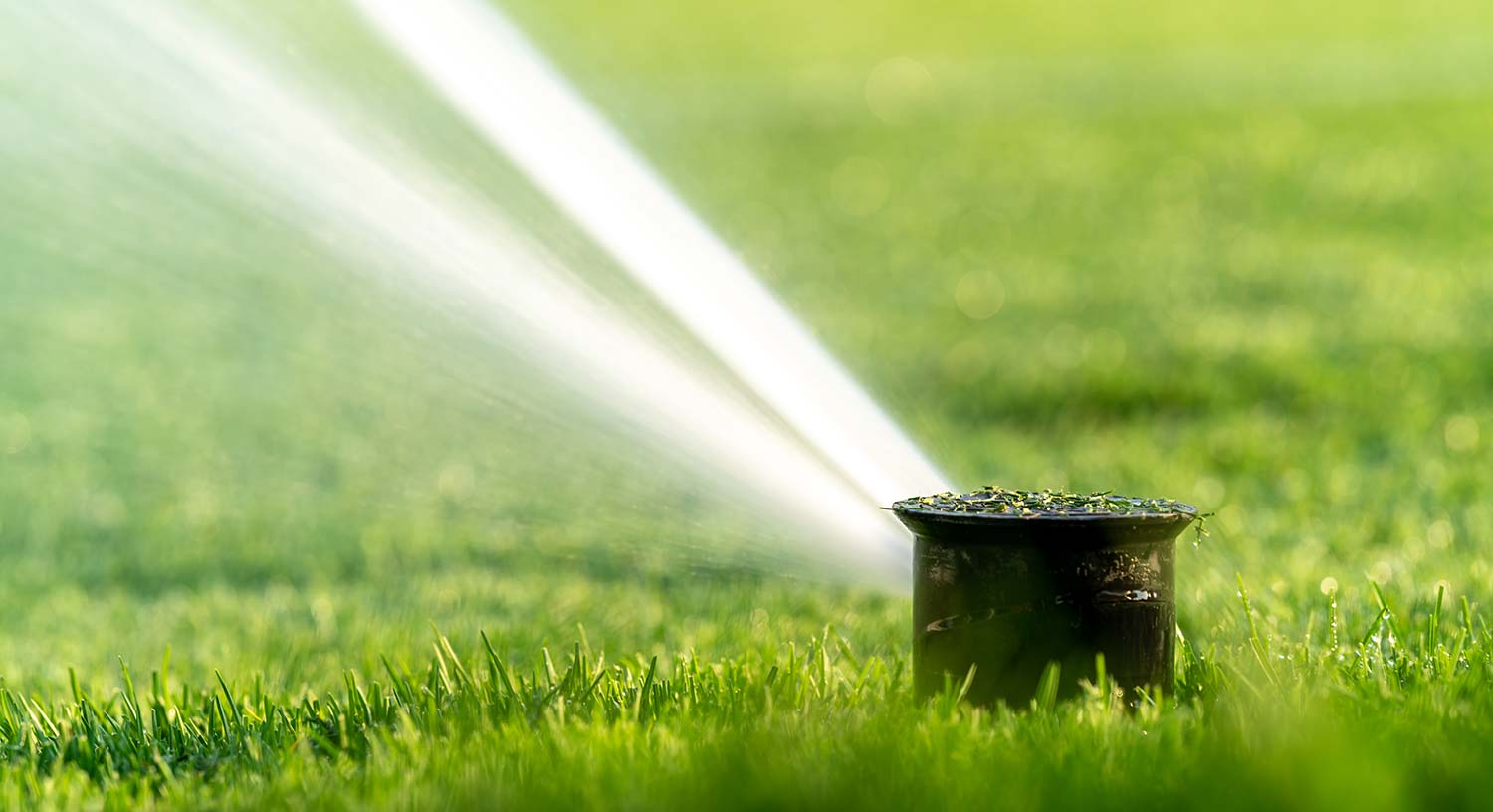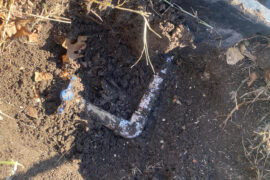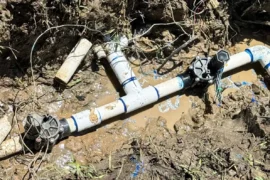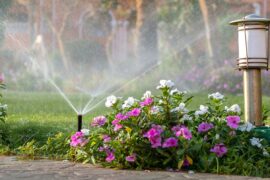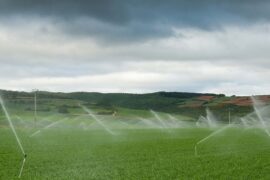Each sprinkler setup has an optimal water pressure level unique to its design and function. Typically, household lawn sprinkler systems operate best within a range of 30 to 50 psi. However, this can vary based on the type of sprinkler heads you use. Spray heads and rotators usually perform optimally at about 30 psi, while rotors need pressures exceeding 30 psi. If your pressure is too low, you might end up with patches of dry lawn. On the flip side, too much pressure can lead to misting and water waste.
Understanding Your System’s Needs
Before you try to adjust the water pressure of your sprinkler system, check how much ground your sprinkler system is supposed to cover. If you’re dealing with a large space, consider dividing it into multiple zones. This can be a game-changer, especially if different areas have varying water needs or pressure levels. Additionally, you might want to explore different sprinkler heads suitable for low or high-pressure scenarios, like those from Rain Bird, specifically designed for low water pressure.
Before you start tinkering with your sprinkler system, you need to have a better understanding of your property’s overall water demand. This includes checking for times when water pressure drops, which could hint at overuse. Testing different faucets and hoses can also pinpoint whether the issue is system-wide or localized. Remember, a pressure tester can be a handy tool to measure your system’s psi.
Identifying and Fixing Common Issues
One of the simplest yet most overlooked problems is clogged or misaligned sprinkler heads. Even a small amount of dirt can disrupt the spray pattern by getting into the system. Regularly checking and cleaning these heads can significantly improve performance. If you find a sprinkler head stuck in the mud or grass, a gentle cleaning might just do the trick.
Damaged valves and underground pipes are another common culprit. Valves, much like your home’s faucets, control the flow of water to the sprinklers. Ensuring these are fully open and functioning is key. Likewise, check for any signs of leaks or damage in your underground pipes, which can manifest as overly wet areas in your yard.
Sometimes, the issue isn’t within your control. Factors like city water supply disruptions can also adversely affect water pressure. In such cases, patience and monitoring are essential until the external issue is resolved.
Advanced Solutions for Persistent Problems
If you’ve tried everything and still face low pressure, a booster pump might be your answer. This pump can elevate the water pressure throughout your lawn sprinkler system. It’s a more technical solution, so consulting a professional for installation is advised. Choosing the right horsepower for your booster pump is crucial to avoid overloading your system.
Sometimes, it’s best to leave it to the lawn sprinkler experts. If you feel hesitant about fitting a booster pump or making major adjustments, seeking advice from an expert can prevent catastrophe down the line.
Lastly, don’t forget the role of elevation. If your yard has varying heights, you might lose about 0.433 psi for every foot of elevation gain. In such cases, pressure booster pumps in higher areas or adjusting your landscaping to suit different water needs can help.
Leveraging Technology and Adjustments
An often overlooked but effective approach is upgrading your sprinkler heads. Modern sprinkler heads are designed to operate efficiently even under varying water pressures. Consider options that are specifically tailored for low-pressure situations. This not only improves water distribution but can also reduce water waste significantly.
Creating zones within your sprinkler system can be a game-changer. By dividing your lawn into different zones, each with its own control valve, you can manage water pressure more effectively. This is especially useful in larger gardens where water needs and landscape features vary significantly. Zoning allows for targeted watering, which is both water-efficient and pressure-friendly.
In the era of smart technology, leveraging smart controllers and sensors can optimize your sprinkler system’s efficiency. These devices can adjust watering schedules based on weather conditions, soil moisture levels, and even the type of plants in different areas of your garden. This not only helps in maintaining optimal pressure but also ensures that your garden gets the right amount of water at the right time.
Addressing Special Cases
If you have hard water, mineral buildup in your sprinkler system can be a common issue, leading to blockages and reduced pressure. Installing a water softener or regularly descaling your system can help mitigate these problems.
Every garden is unique, and sometimes standard solutions might not suffice. For gardens with specific needs like varied elevations, unusual layouts, or diverse plant species, custom solutions may be necessary. This could mean installing specialized sprinkler heads, creating custom zones, or even redesigning parts of your irrigation system.
In the event of a sudden drop in water pressure, it’s important to have a contingency plan. This might include having spare parts on hand, knowing how to perform basic repairs, or having a reliable professional you can call for urgent assistance.
Conclusion
Improving water pressure in your sprinkler system is a balance of smart practices, regular maintenance, and, when necessary, technological upgrades. By understanding your system, addressing common issues, and adopting sustainable practices, you can enjoy a lush, green garden without the worry of inconsistent watering. Regular checks and troubleshooting ensure that any problems are dealt with promptly, avoiding major setbacks. Whether you’re a seasoned gardener or a green-thumb-in-training, these tips and tricks will help keep your garden flourishing and your water usage efficient.

